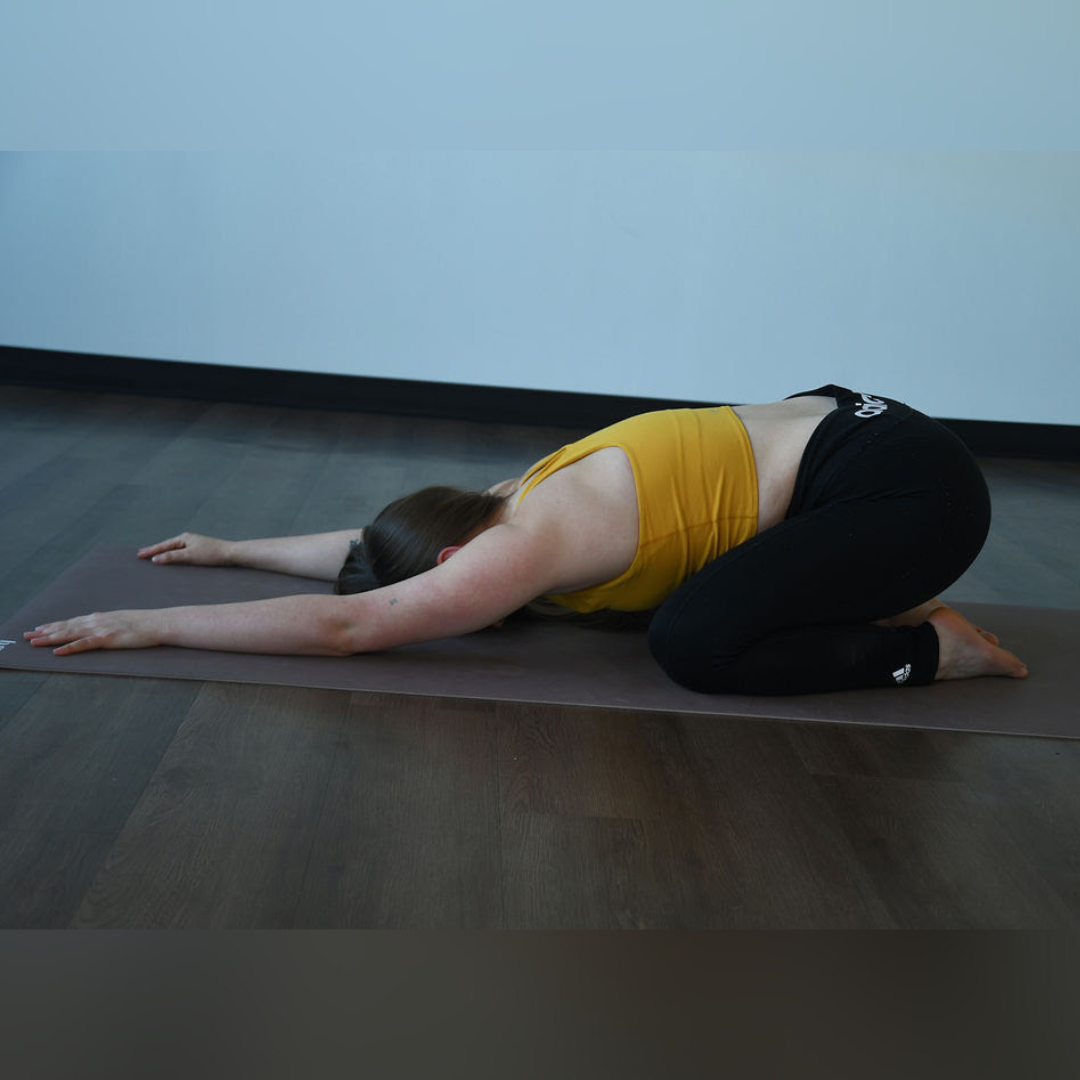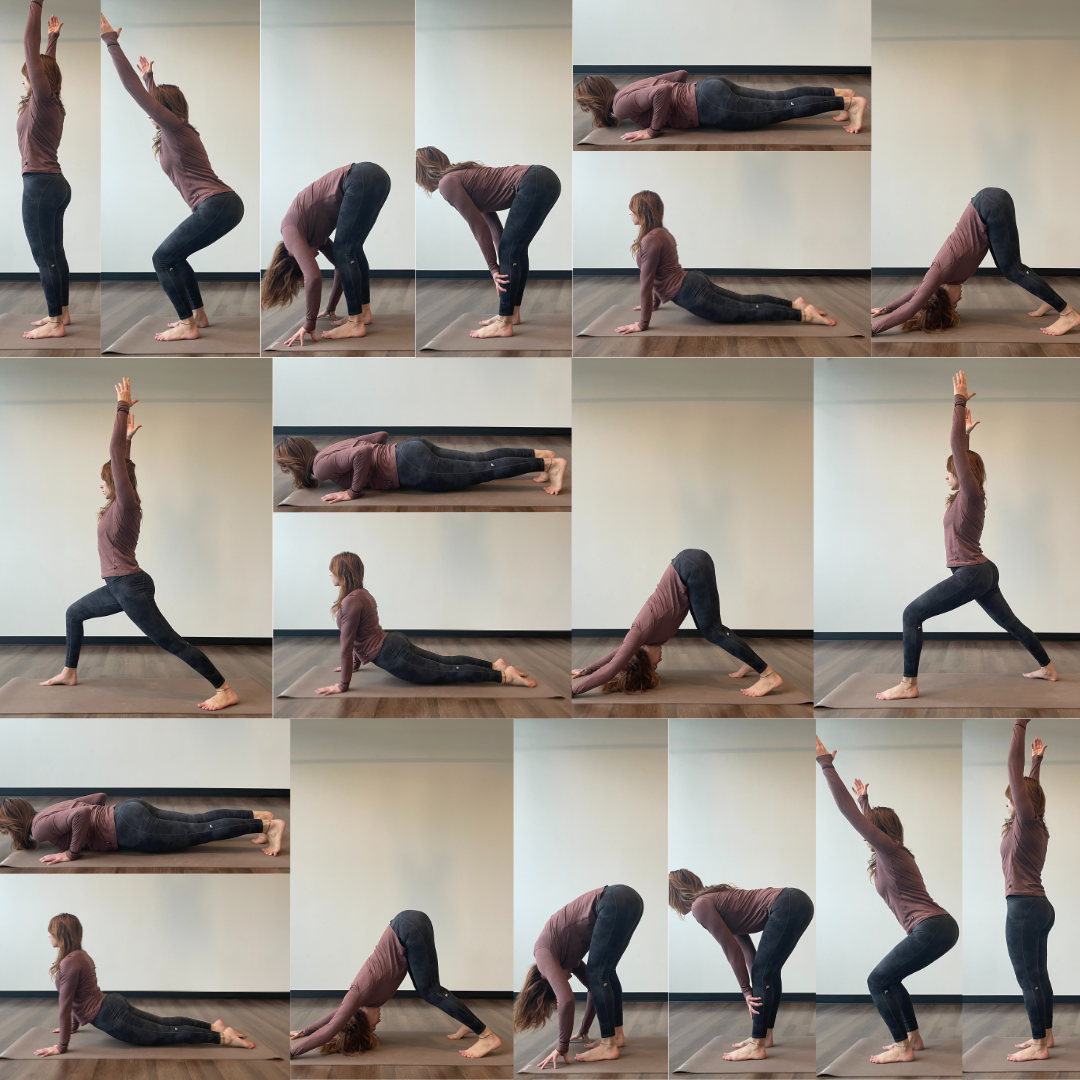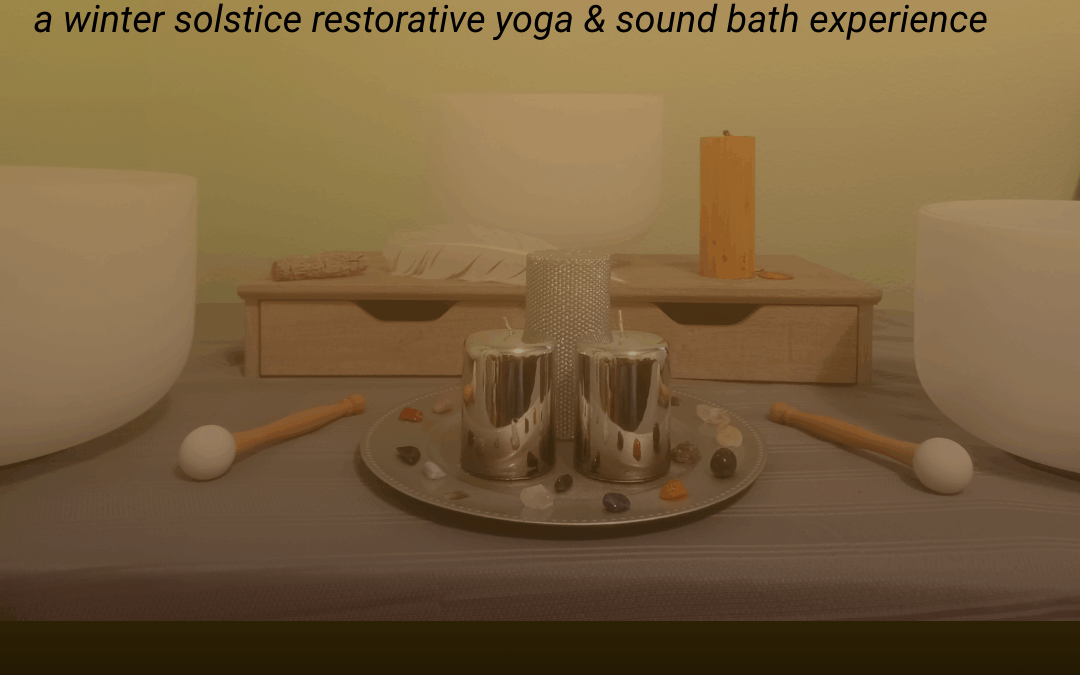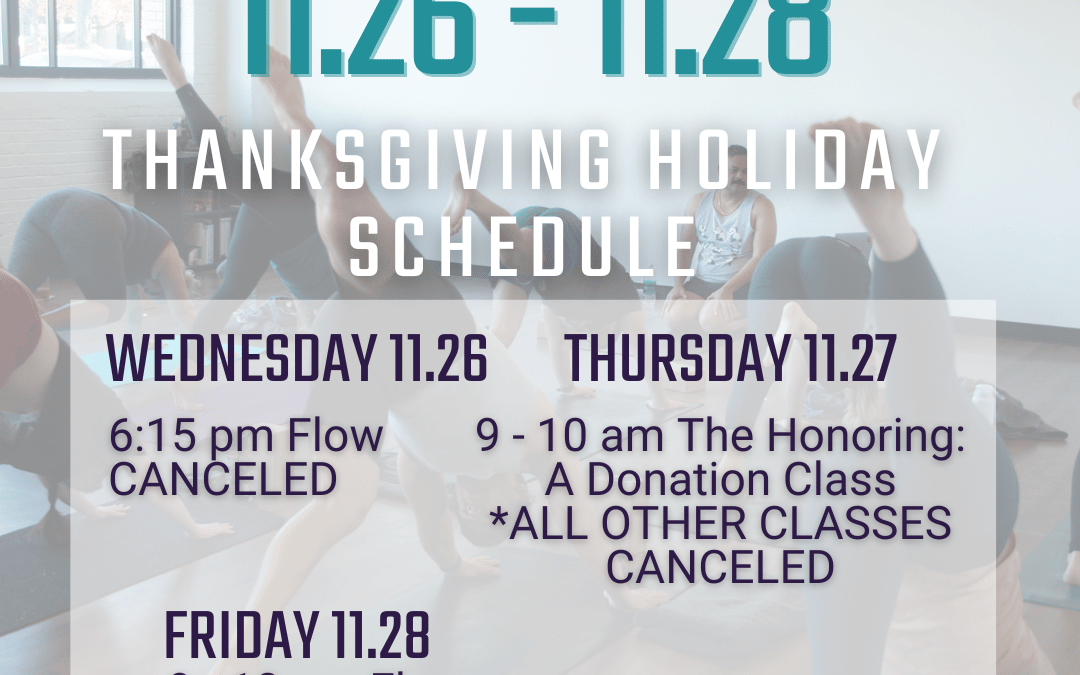“We either live with intention or exist by default.” – Kristin Armstrong
Weekly Focus: Sankalpa (intention or resolution)
Sankalpa comes from san “to become one with” and kalpa “subconscious mind.” Essentially, Sankalpa is the setting of a vow or intention. This month, we have been focused on self reflection. As we self reflect, we might consider any areas we wish to resolute change or commit to in our lives, and the beginning of the year provides a natural window to new intentions.
This week we take action after the act of self reflection by setting Sankalpa. What is it to study and consider the self if we do not then resolve to enact change? Our Sankalpa reminds us that we are strong enough to heal, to offer love, and to become the most potent version of ourselves. Sankalpa can be an actionable intention that tethers us to our deepest desires. With the new moon on the horizon this week, and as we close out the first month of the year, we sit at a perfect time to create fresh intention for the month and year ahead.
What do you notice within yourself that you might consider adjusting, adapting, or growing? Remember, when we seek these spaces of opportunity, we don’t resolute change because we are bad or wrong, but because we see the opportunity to become something greater and more whole! Sankalpa is the reminder of where we are headed and what we hope to achieve.
Here is a simple practice in setting Sankalpa:
- Arrive to your yoga asana practice 5 – 10 min early — whether practicing at home or on the studio, give yourself time to settle onto your mat. Leave some time in silence to take a few breaths and reflect.
- Consider why you showed up — as you contemplate before your practice, ask yourself what truly brought you to your mat? There is no wrong answer, but try to dig deep. Continue asking WHY until you feel settled on the answer.
- Set your intention — now that you have your WHY, frame this is one small phrase. Close your eyes and repeat this intention to yourself. Each time you take pause in your asana practice, or find yourself drifting mentally, remind yourself of your intention for the day.
This simple practice for setting Sankalpa in your yoga asana gives you a sampling of setting Sankalpa on a bigger scale. You can take these principles and apply them to your efforts in the greater scheme of life and on growing into your fullest Self.
Passive Pose of the Week: Balasana (child’s pose)

Balasana can be a humbling pose. We bow low to the ground in balasana, and this can be symbolic of bowing in honor of our intentions. This is also a posture to visit when we need rest in our practice, or perhaps a reminder of the intentions (or Sankalpa!) set forth for the day. Use this pose to acknowledge and reinvigorate intention within rest.
- Come to a tabletop position on your hands and knees.
- Widen your knees slightly and press your seat back towards your heels.
- Allow your chest to drop towards the ground. Your forward can come to rest on the floor.
- Arms may either reach overhead or you may bring the arms to rest alongside your legs.
- Take 5 – 7 breaths here before lifting out of the pose.
Balasana is often considered a resting pose. If you find that it is hard to rest the body in this position, you may be holding excess tension in the hips, glutes, or quads to hold you up. This can occur when the hips do not drop all the way to the floor. To relieve this extra pressure and help this pose feel restful, bring a support behind your seat. This could be one or two blocks stacked, a folded blanket, or a large bolster or billow. By bringing surface underneath of the seat, it allows your muscles to relax and be in a more restful position.
Active Pose of the Week: Suryanamaskar B (Sun Salutation B)

Suryanamaskars or Sun Salutations link together postures to create a mindful movement pattern. Through repetition we leave space for an intentional moving meditation. This repetition provides an opportunity to move stagnant energy in the body and create space for our Sankalpa.
- Begin in a standing mountain pose. As you inhale life the arms up overhead, and as you exhale, sit back in a chair pose. Bend the knees, and sit your hips back, as if you were sitting in a chair. Let your arms stay up and overhead.
- Inhale here, and with an exhale, fold forward over your legs.
- From a forward fold, inhale into a halfway lift, pressing your hands into your shins, and extending your spine. The body will create a “number seven” shape.
- Exhale and fold forward again.
- Step back into a downward facing dog pose. Inhale and shift the body forward into a plank position. Use the exhale to slowly lift to the floor, or to lower halfway down.
- Inhale and lift up into the backbend of your choice. This can be a cobra pose or an upward facing dog, lifting the thighs from the ground. Exhale and push through the hands to lift the hips back to downward facing dog. We sometimes refer to this sequence (down dog to plank to updog / cobra) as your “flow” or your “vinyasa.”
- Your next breath in will step your right foot forward for a Warrior 1 pose. You will lunge into the right leg and pivot your left heel towards the floor while keeping the hips square. Pro-tip, step the feet a little wider (left and right) to provide space for this position. Arms can reach up and over head.
- With your next exhale, lower your hands to the ground, step back to downward facing dog, and take your “flow” again.
- Once you arrive in downward facing dog again, step forward with the left foot into Warrior 1 on the second side.
- You will “flow” once again after your second Warrior 1. After arriving in downward facing dog for the last time, inhale and step to the top of your mat.
- Exhale to forward fold. Inhale and rise into your halfway lift, extending the spine. Exhale and forward fold.
- Inhale and rise back into your chair pose. Exhale to stay.
- One more inhale rises you up into the mountain pose and as you exhale lower your arms to your side.
Sun Salutations are traditionally taught with one breath, one movement as listed above. In this sense, an inhale is one breath, and an exhale is one breath. However, that can get you moving at a pretty good clip! We recommend that you don’t prioritize this one breath one movement unless you enjoy the feeling. For some, it may be more beneficial to linger for two or even three breaths in each position, allowing more time to settle in and experience the pose. One way is not better than the other, they are simply different. What is beautiful about yoga, is your practice can be ever evolving, so while one day a more rigorous pace may be exactly what you need, on another day, it may not serve you well. As always, let your Sankalpa and intention lead the way!
Join us in class this week to practice setting Sankalpa. See the full schedule HERE.



